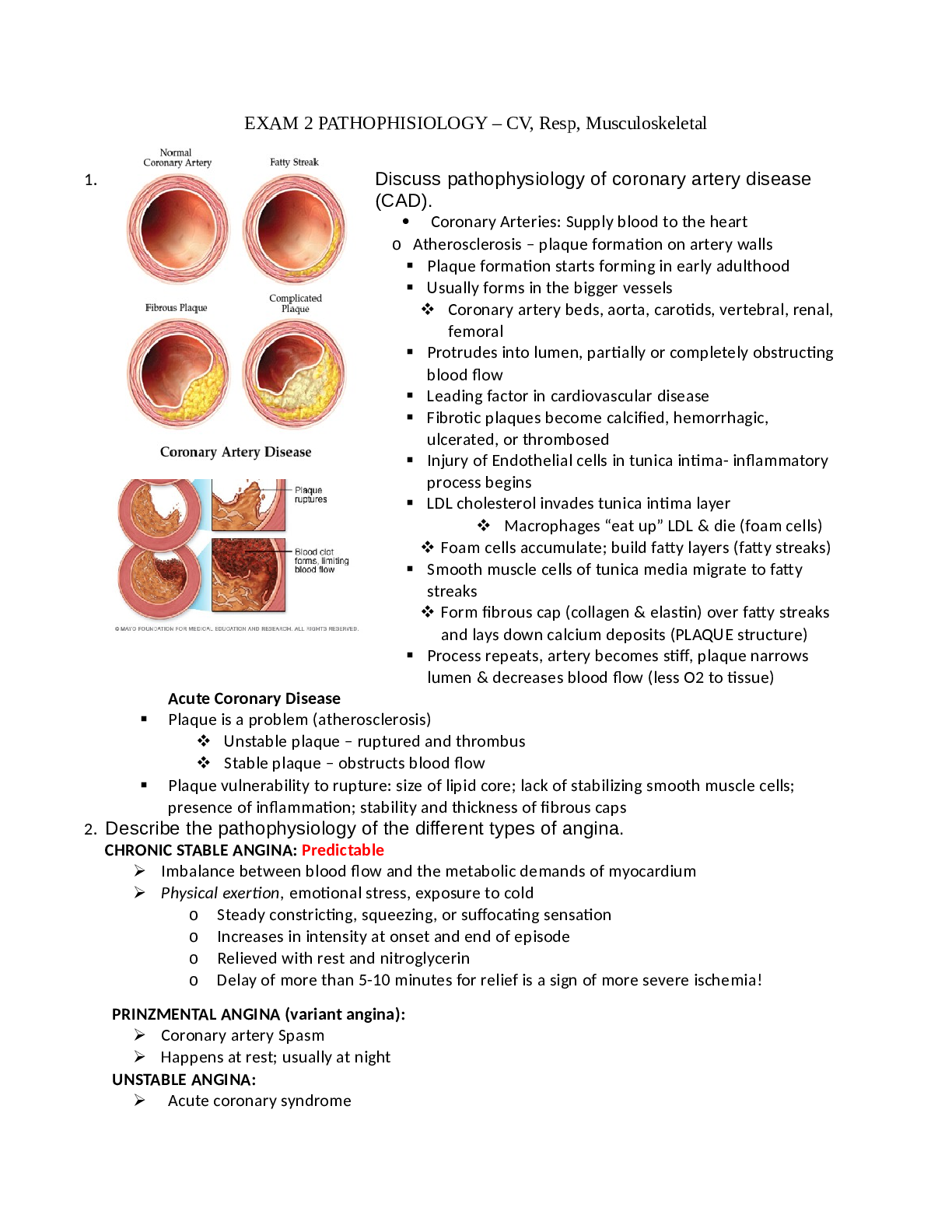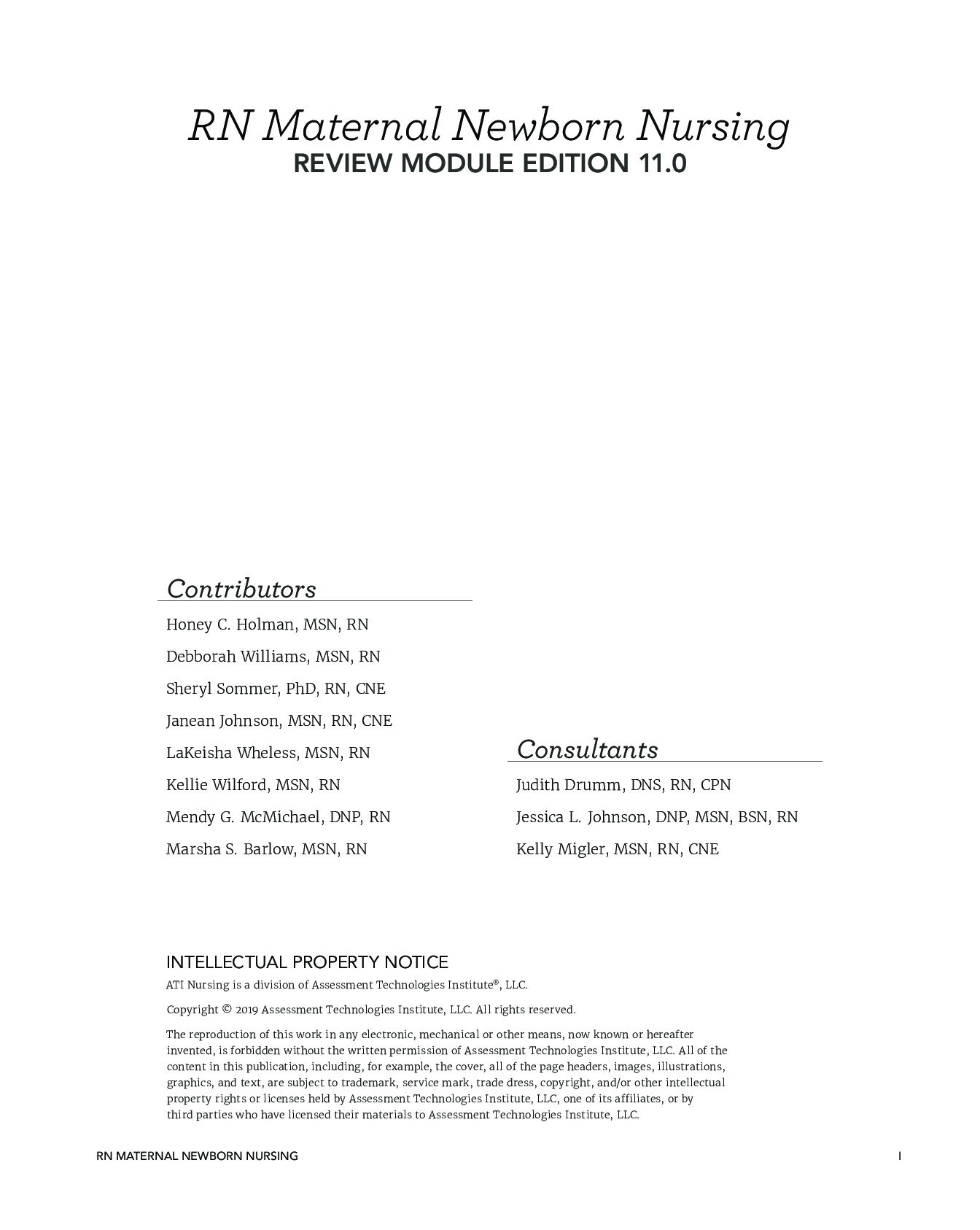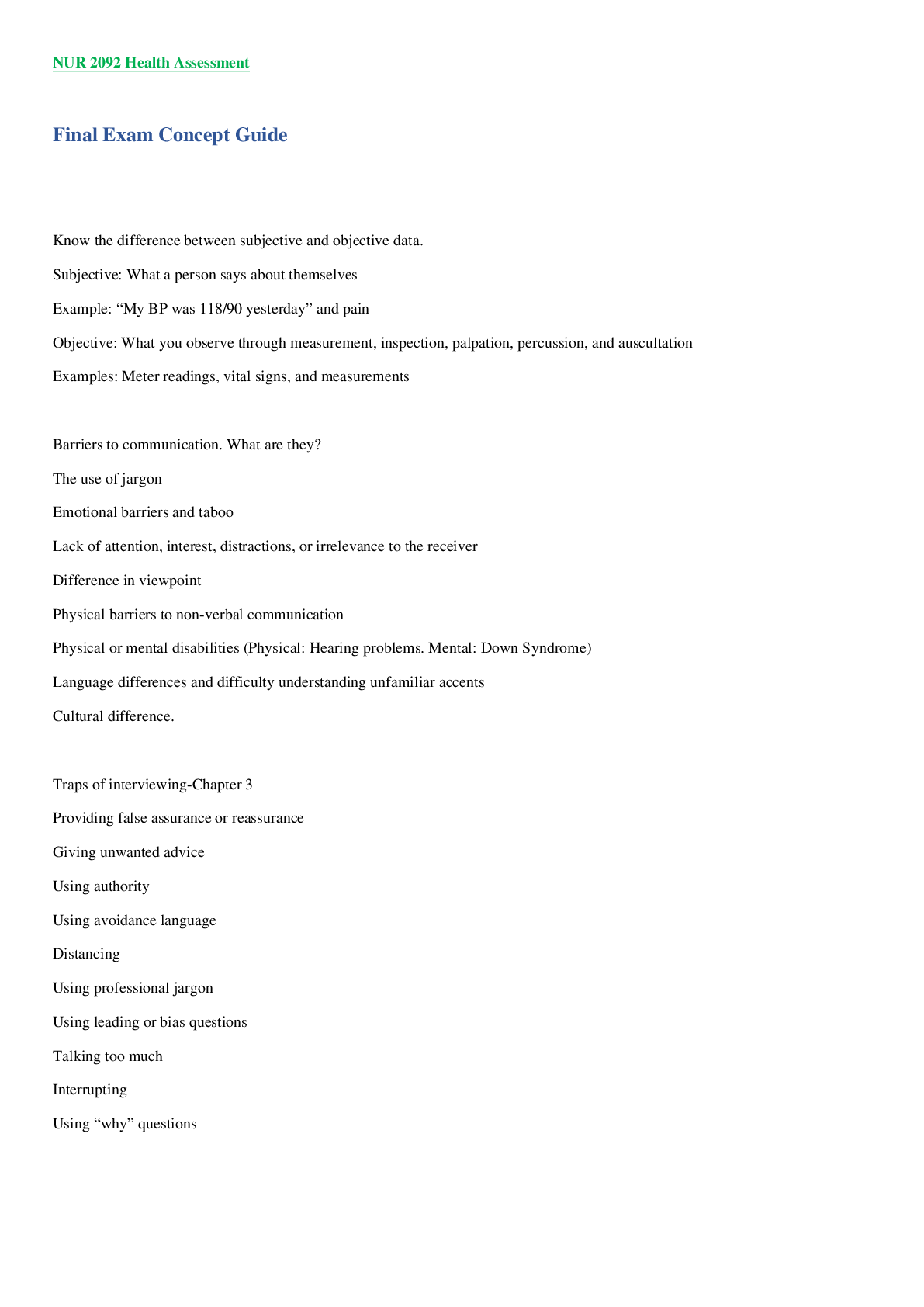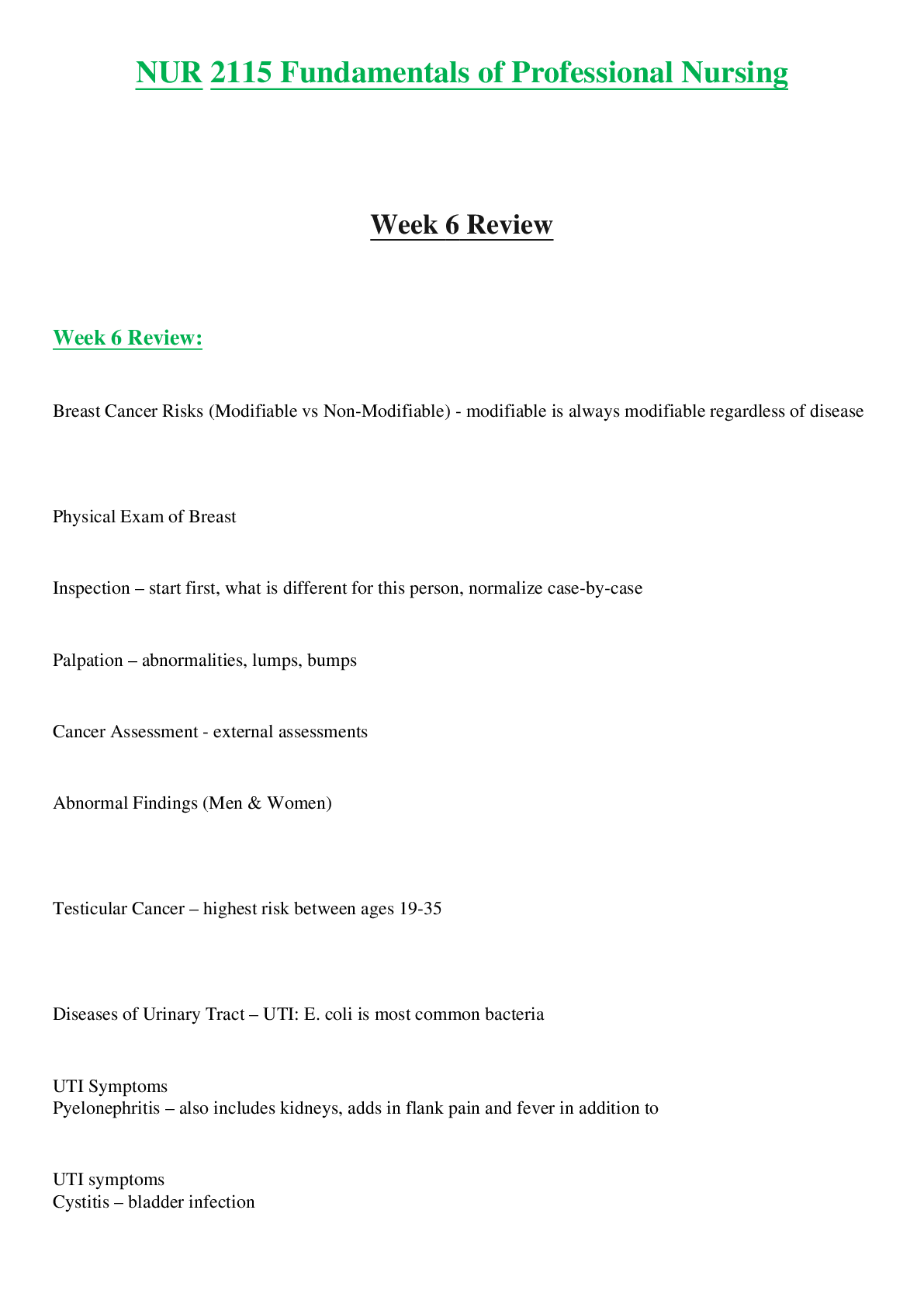Biology > STUDY GUIDE > BIOL 204 (UPDATED 2021) Problem Set 3 + Key (All)
BIOL 204 (UPDATED 2021) Problem Set 3 + Key
Document Content and Description Below
Biology 204 Spring 2019/REA Problem Set 3: Enzyme kinetics and mechanism Questions: Question 5 provides you with an introduction to the pros and cons of the linear transformations that are most c ... ommonly employed for estimating Km and Vmax (if not in the real world, in textbooks and MCATs, GREs and the like). In working your way through this question, you will discover some of the merits and inadequacies of these transformations for yourself. Questions 6, 7, 8, 11 and 12 have their origins in research that was actually conducted except that a couple of the scenarios played out with a slightly different outcome. Question 7 provides you with a concrete, real-world example of how Michaelis-Menten kinetics might be applied to bisubstrate reactions. Questions 8 and 9 illustrate the kinetic basis of the efficacy of ACE inhibitors for the treatment of hypertension, and lithium for the management of bipolar disorder (with some surprises!); two drugs that rank among the most widely prescribed in the United States and Europe. Question 12 provides you with an example of a widely applied approach for measuring the activity of enzymes spectrophotometrically even when the reactions catalyzed are not chromogenic. 1. One µg of a pure enzyme (MW = 92,000) catalyzed a reaction at a rate of 0.5 µmole/min under optimal conditions. Calculate (a) the specific activity of the enzyme in terms of units/mg protein and units/mol and (b) the turnover number. (c) How long does each catalytic cycle take? One International Unit (IU) of enzyme activity is the amount that catalyzes the formation of 1 µmol of product per minute under defined conditions. This question is intended to give you a sense of scaling. Refer to the course text if you need to refresh your memory of the basics of enzyme kinetics, specifically the concepts of turnover number and turnover time. 2. One gram fresh weight of muscle contains 40 units of an enzyme with a turnover number of 6 x 104 min-1. Estimate the intracellular concentration of the enzyme. Assume 1 g fresh weight of muscle contains 0.8 ml intracellular water. Refer to the course text, if necessary, to revisit the concept of turnover number. 3. P-glycoprotein 1, abbreviated Pgp-1 or ATP-binding cassette subfamily B member 1 (ABCB1), is a transport ATPase belonging to the ABC transporter superfamily. In mammals, Pgp is a membrane transporter that uses the energy in ATP to pump relatively complex organic molecules out of the cell across the plasma membrane. It is responsible for decreased drug accumulation in multidrug-resistant cells and often its increased expression in cancer cells is responsible for the development of resistance to anticancer drugs. As an ATP-energized drug efflux pump, Pgp catalyzes the hydrolysis of ATP to ADP + Pi. At 37oC the uncatalyzed hydrolysis of ATP has a relatively high free-energy of activation of 300 kJ/mol, whereas in the presence of Pgp it is lowered to 125 kJ/mol. A. By what factor does Pgp increase the rate of ATP hydrolysis? B. At what temperature would the uncatalyzed rate of ATP hydrolysis match the catalyzed rate? [Show More]
Last updated: 3 years ago
Preview 1 out of 25 pages

Buy this document to get the full access instantly
Instant Download Access after purchase
Buy NowInstant download
We Accept:

Reviews( 0 )
$7.00
Can't find what you want? Try our AI powered Search
Document information
Connected school, study & course
About the document
Uploaded On
Mar 25, 2021
Number of pages
25
Written in
All
Additional information
This document has been written for:
Uploaded
Mar 25, 2021
Downloads
0
Views
65

























